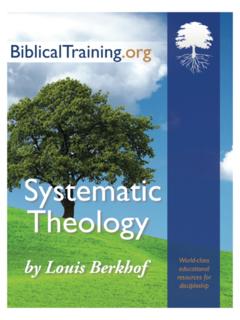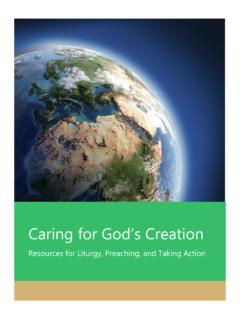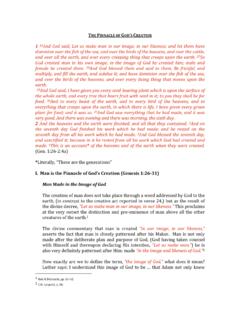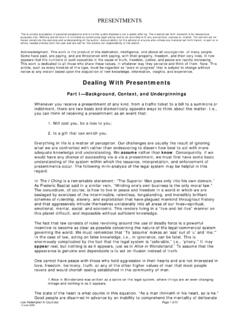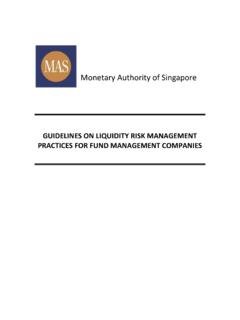Transcription of Manichaean Gnosis and Creation Myth - Sino-Platonic Papers
1 Sino-Platonic Papers Number 156 July, 2005 Manichaean Gnosis and Creation Myth by Abolqasen Esmailpour Victor H. Mair, Editor Sino-Platonic Papers Department of East Asian Languages and Civilizations University of Pennsylvania Philadelphia, PA 19104-6305 USA Sino-Platonic Papers FOUNDED 1986 Editor-in-Chief VICTOR H. MAIR Associate Editors PAULA ROBERTS MARK SWOFFORD ISSN 2157-9679 (print) 2157-9687 (online) Sino-Platonic Papers is an occasional series dedicated to making available to specialists and the interested public the results of research that, because of its unconventional or controversial nature, might otherwise go unpublished.
2 The editor-in-chief actively encourages younger, not yet well established, scholars and independent authors to submit manuscripts for consideration. Contributions in any of the major scholarly languages of the world, including romanized modern standard Mandarin (MSM) and Japanese, are acceptable. In special circumstances, Papers written in one of the Sinitic topolects (fangyan) may be considered for publication. Although the chief focus of Sino-Platonic Papers is on the intercultural relations of China with other peoples, challenging and creative studies on a wide variety of philological subjects will be entertained.
3 This series is not the place for safe, sober, and stodgy presentations. Sino- Platonic Papers prefers lively work that, while taking reasonable risks to advance the field, capitalizes on brilliant new insights into the development of civilization. Submissions are regularly sent out to be refereed, and extensive editorial suggestions for revision may be offered. Sino-Platonic Papers emphasizes substance over form. We do, however, strongly recommend that prospective authors consult our style guidelines at Manuscripts should be submitted as electronic files, preferably in Microsoft Word format.
4 You may wish to use our sample document template, available here: Beginning with issue no. 171, Sino-Platonic Papers has been published electronically on the Web at Issues 1 170, however, will continue to be sold as paper copies until our stock runs out, after which they too will be made available on the Web. Please note: When the editor goes on an expedition or research trip, all operations (including filling orders) may temporarily cease for up to three months at a time. In such circumstances, those who wish to purchase various issues of SPP are requested to wait patiently until he returns.
5 If issues are urgently needed while the editor is away, they may be requested through Interlibrary Loan. You should also check our Web site at , as back issues are regularly rereleased for free as PDF editions. Sino-Platonic Papers is licensed under the Creative Commons Attribution-NonCommercial- NoDerivs License. To view a copy of this license, visit or send a letter to Creative Commons, 543 Howard Street, 5th Floor, San Francisco, California, 94105, USA.
6 ", Manichaean Gnosis and Creation Myth by Abolqasem Esmailpour1 1 Abolqasem Esmailpour, born in 1954, is Professor in the Persian Literature Department, Shahid Beheshti University, Tehran, Iran. He has been teaching as a visiting professor at the Faculty of Oriental Languages and Literatures, Shanghai International Studies University in China since 2004. He has published other books and Papers on Eastern mythology and Iranian studies. Abolqasem EsmaiIpour, Manichaean Gnosis & Creation Myth Sino-Platonic Papers , 156 (July, 2005) Contents Foreword I.
7 Manichaean Gnosis : An Introduction to Its Iranian Cultural, Artistic and Literary Reflections Manichaean Gnosis Cultural Reflections Artistic Reflections Literary Reflections II. Manichaean Creation Myth The Manichaean Pantheon The Reconstruction and Narration of the Creation Myth The Paradise of Light The Realm of Darkness The Devil's Invasion of the Realm of Light The First Creation The Second Creation The Creation of the Cosmos The Third Creation The Creation of Man The Fate of the Soul after Death The End of the World The Creation of the First Human Beings III.
8 Mani's Pictorial Manifesto Introduction Ardahang in Classical Persian Literature The Interpretation of Ardahang The Pictorial Motifs of Creation IV. The Role of the Beloved of the Lights Introduction Middle Persian and Parthian Texts 2 Abolqasem Esmailpour, Manichaean Gnosis & Creation Myth Sino-Platonic Papers , 156 (July, 2005) Arabic and Persian Texts Syriac Texts Coptic Texts Conclusion v. Manichaean Gods and Goddesses in a Classical Arabic Treatise Introduction The Golden Age The First Creation The Second Creation The Third Creation Conclusion VI.
9 Riimi's Prologue to the Mathnawr and Gnostic Hymns: A Comparative Analysi's Introduction Comparative Analysis Conclusion List of the Texts Bibliography 3 Abolqasem Esmailponr, Manichaean Gnosis & Creation Myth Sino-Platonic Papers , 156 (July, 2005) Foreword Among various narratives of cosmology throughout the world Manichaean Creation myth is undoubtedly unique and significant. In the first chapter, before entering the fantastic imaginary scenario of Manichaean Creation myth, I attempt to shine a new light on the cultural, artistic and literary reflections of Manichaean Gnosis an~ its roots in Iranian culture as an introduction to an Iranian approach to Gnosticism.
10 However, my main motive is to supply various texts on Creation myth or cosmogonical process in Manichaeism. In addition, I found it necessary to coordinate and reconstruct the myth based up on various multilingual texts, such as Parthian, Middle and Classical Persian, Sogdian, Syriac, Coptic, Uigurian, Chinese and Arabic texts, translating these into a fluent narrative. This is . provided extensively hi the second chapter. Most of. the. texts referred to throughout the present work are available in my other books: Ostiire-ye Afarinesh dar A 'fn-e Mani (The Myth of Creation in Manichaeism, 2nd edn.)



